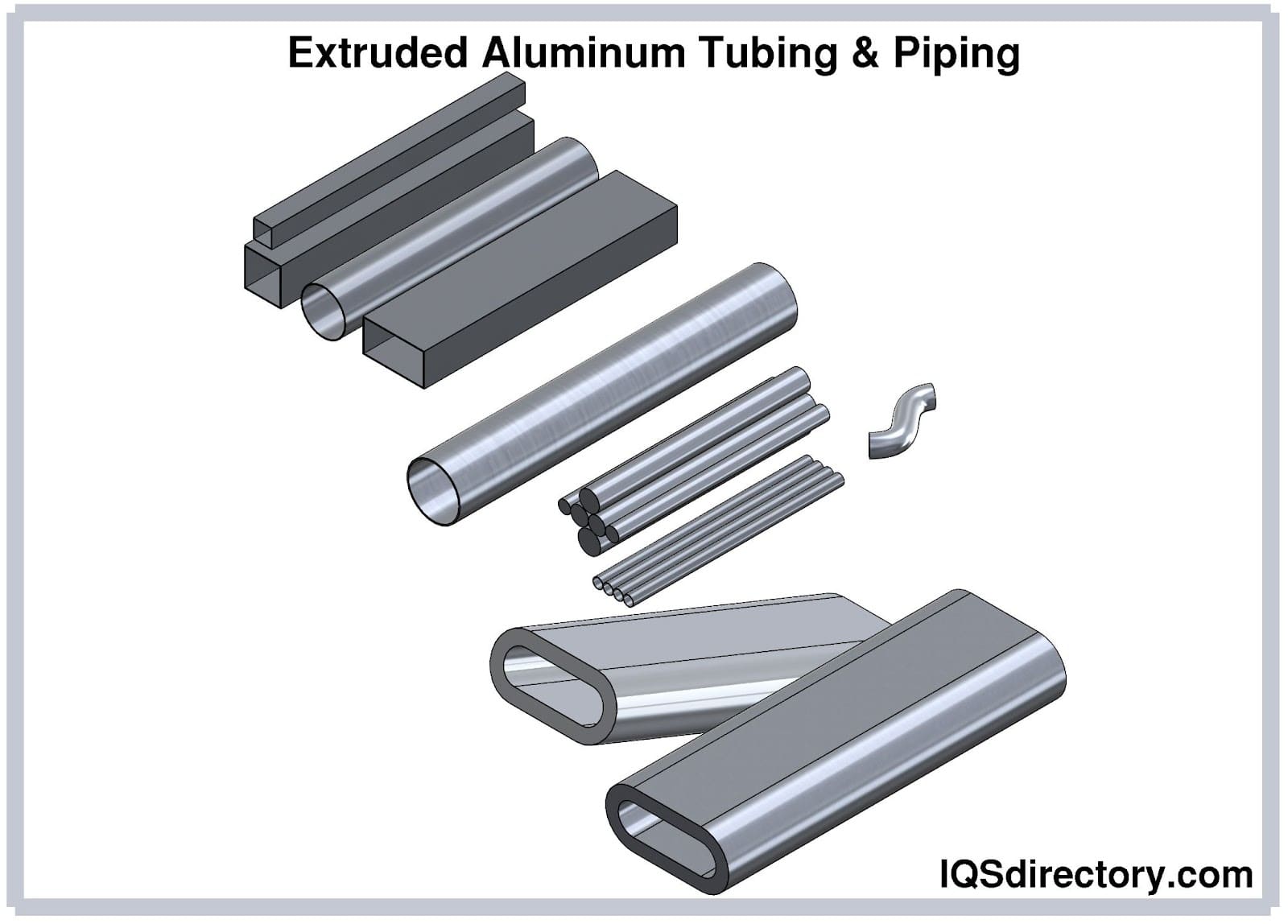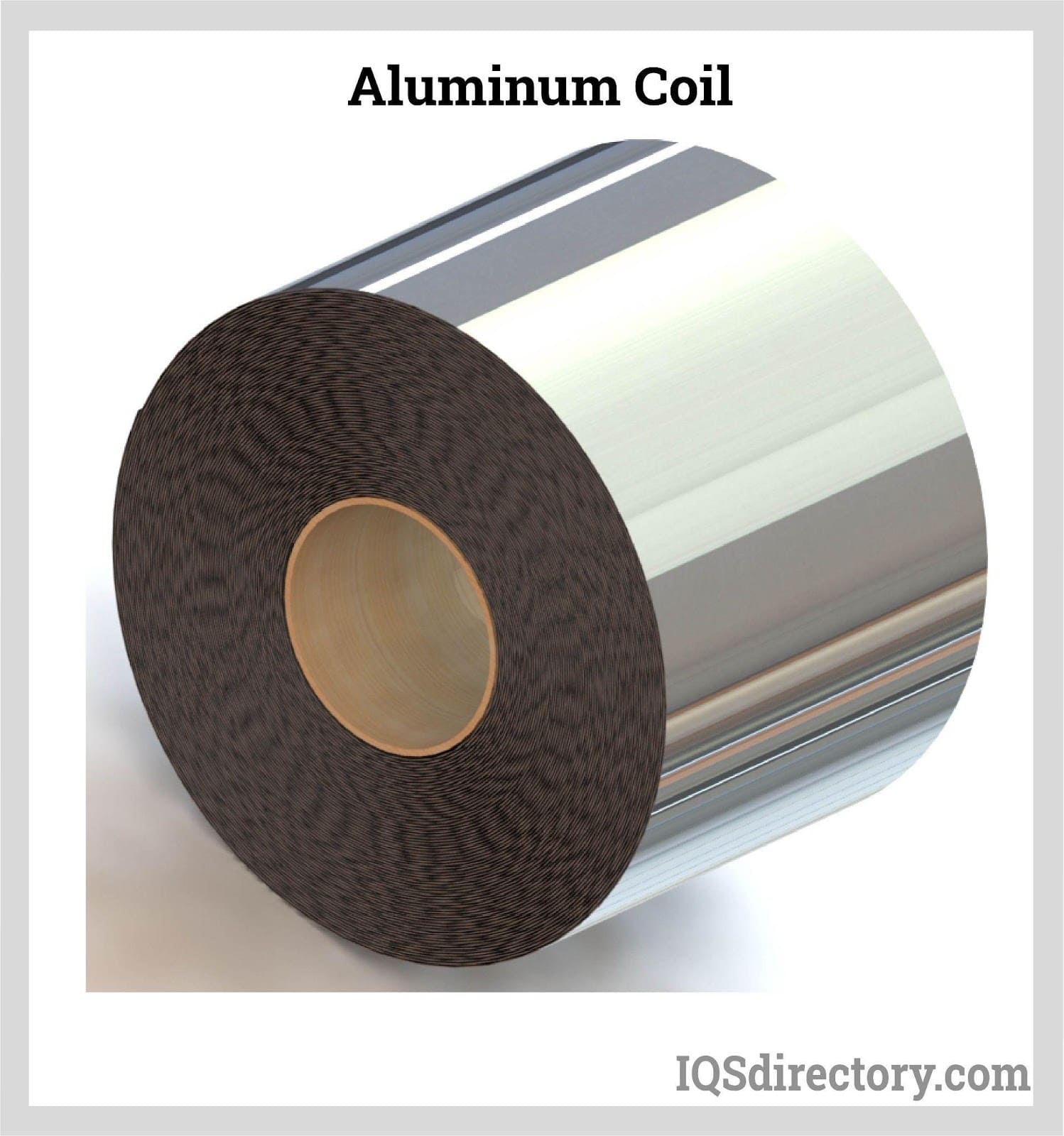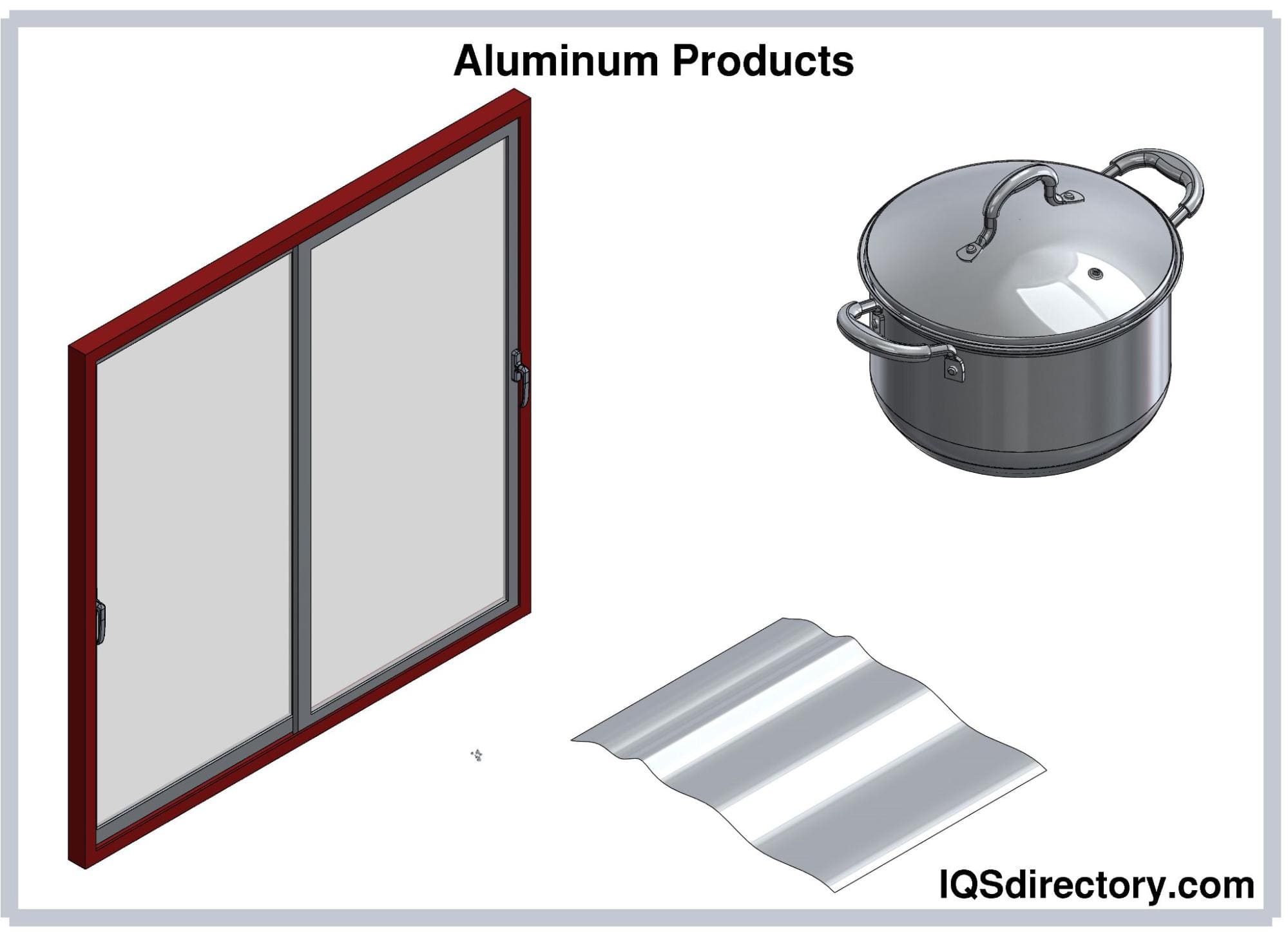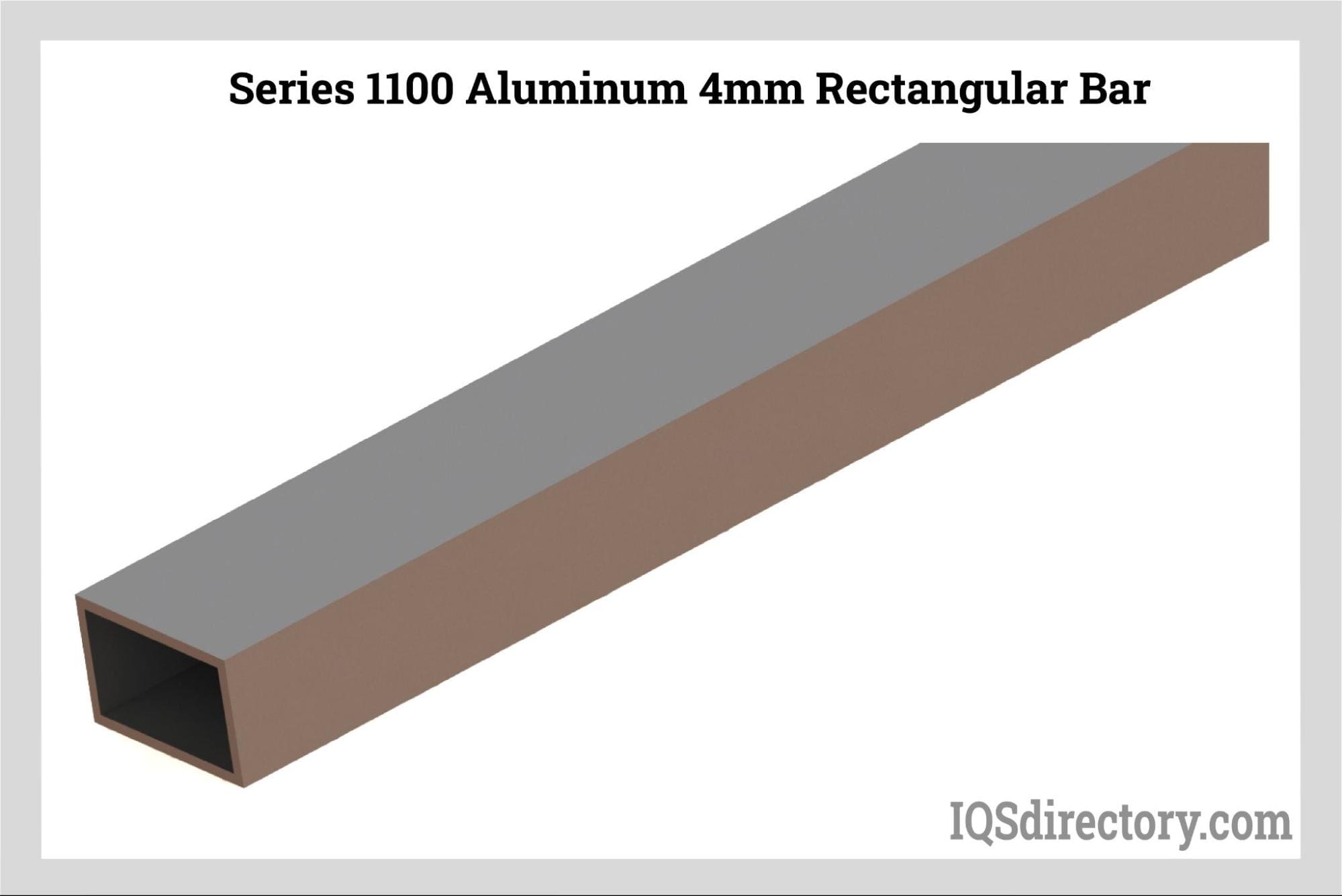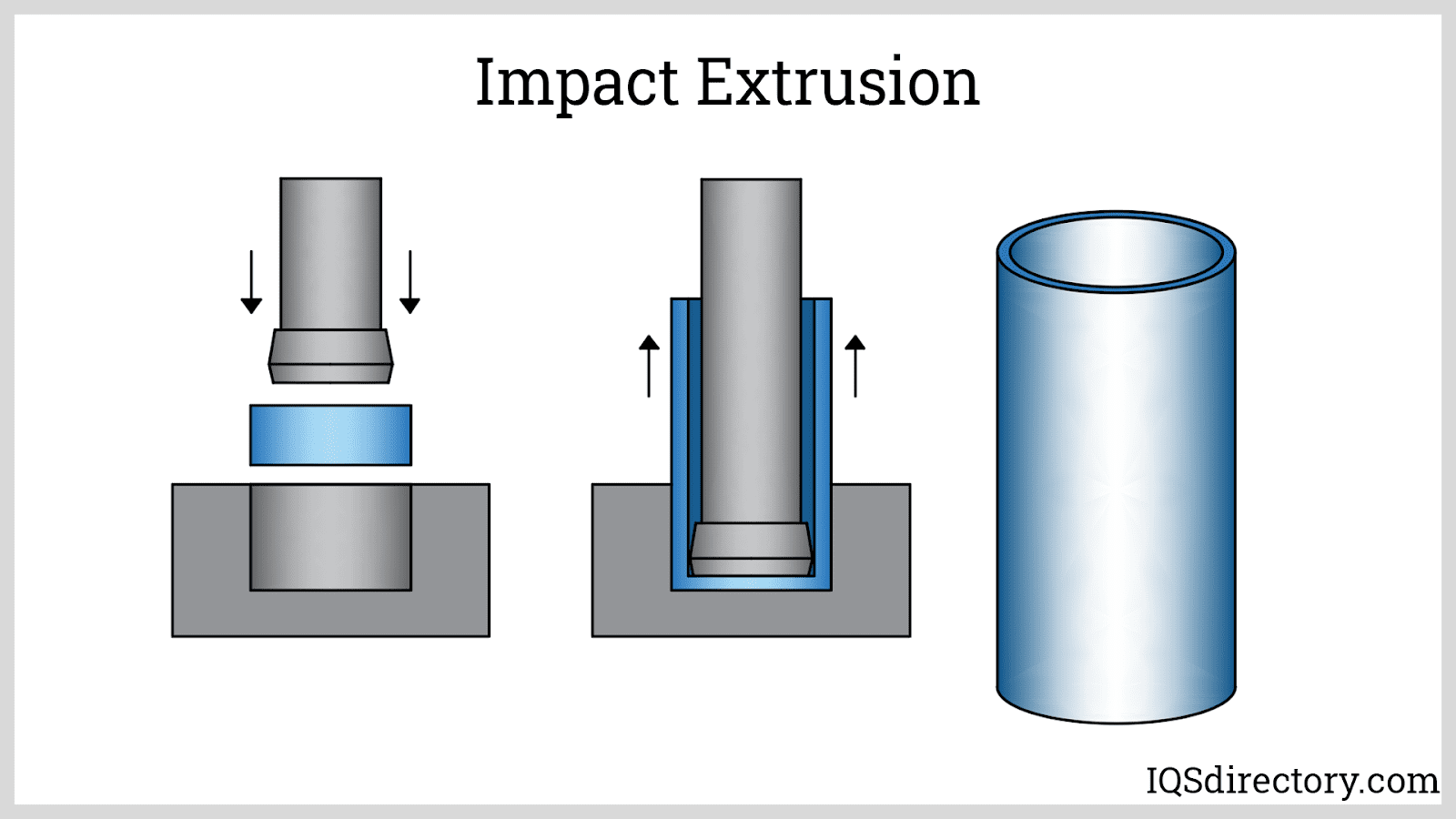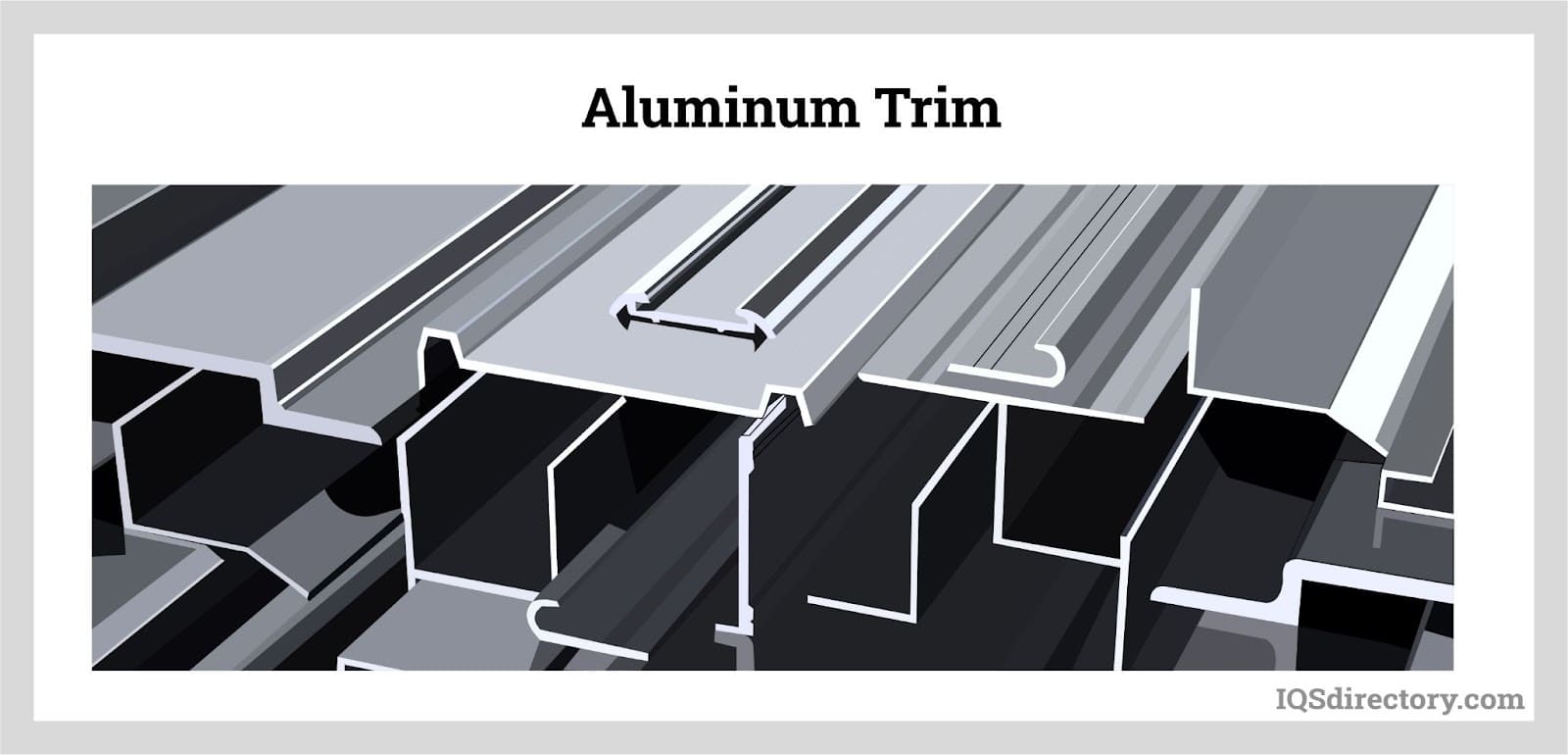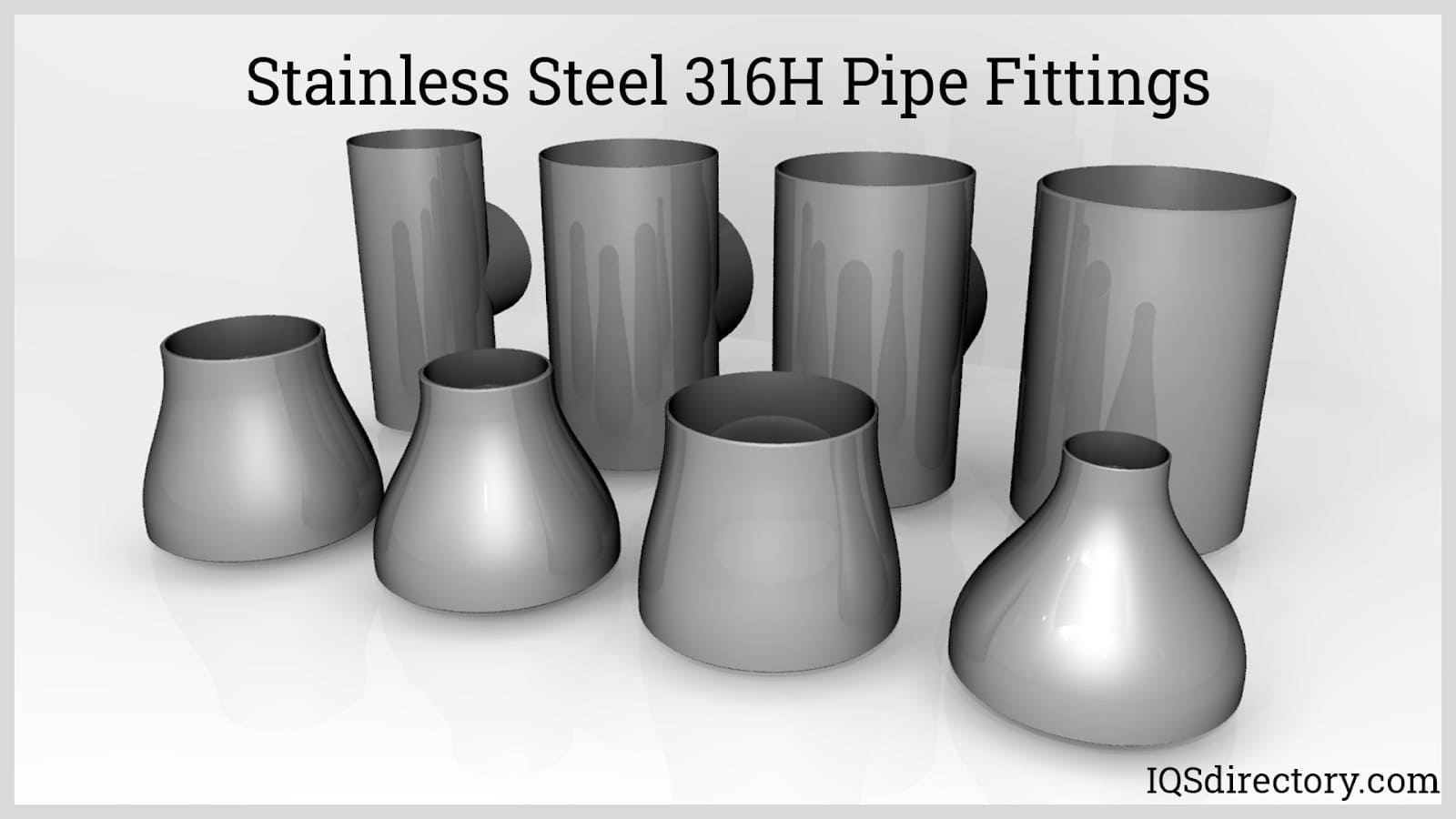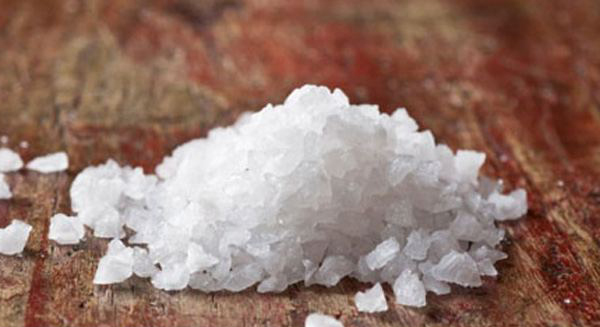 Aluminum Sulfate – Important and Useful
Aluminum Sulfate – Important and Useful
In order to understand aluminum sulfate, it is necessary to know its uses, which include firefighting foam, sewage treatment, water purification, and paper production. The processes used to produce aluminum sulfate involve combining sulfuric acid with other substances such as bauxite and cryolite. Depending on the industry, it is known as alum or papermaker’s alum.
Chemical Qualities
Aluminum sulfate is white or off-white crystals or powder. It is not volatile or flammable. It has a low pH when combined with water making it capable of burning skin or corroding metal, is water soluble, and able to hold water molecules. When added to alkaline water, it forms aluminum hydroxide, Al (OH)3, as precipitate. It can be found naturally in volcanoes or mining waste dumps.
Its uses
The list of uses of aluminum sulfate is very long and includes bug killers for the garden, adding bulk to paper sheets in paper manufacturing, and a foaming agent in fire extinguishers. Water purification plants depend on aluminum sulfate to remove impurities. The chemical reaction between it and contaminates causes the contaminates to solidify and be filtered out. Sodium aluminum sulfate is found in baking powder, self-rising flour, and cake and muffin mixes. It is used in multiple industries serving a wide variety of purposes.
Dangers and Warnings
When aluminum sulfate is mixed with water, it forms sulfuric acid that burns human skin and eyes. Contact with the skin causes a red rash, itching, and a burning feeling while inhalation irritates the lungs and throat. When inhaled, it immediately causes coughing and shortness of breath. Eating aluminum sulfate has an extremely negative effect on the intestinal lining and stomach. In most cases, a person will start vomiting, be nauseous, and have diarrhea.
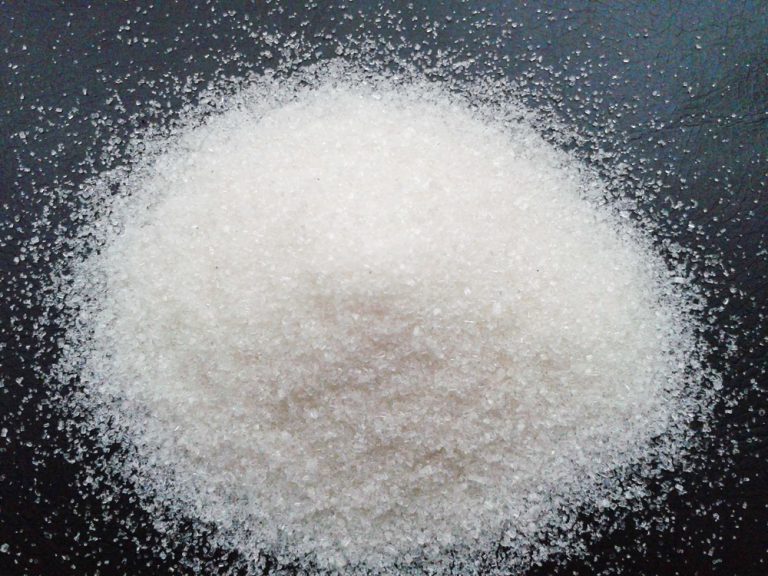 Treatments
Treatments
Treatments for aluminum sulfate poisoning or contact with it are common and practical precautions regarding contact with any toxic substance. If it gets on your skin or in your eyes, the exposed area should be immediately flushed for several minutes or until the feeling of irritation goes away. When it is inhaled, you should move away from the area of the fumes and breath fresh air several times. Ingestion of aluminum sulfate requires the victim to force vomiting to get the poison out of the stomach. As with any hazardous chemical, steps should be taken to avoid exposure especially if aluminum sulfate is mixed with water.
Methods of Storage and Shipping
Aluminum sulfate has been classified by the Comprehensive Environmental Response, Compensation, and Liability Act (CERCLA) as a hazardous substance. When it is stored, it should have a hazardous chemical label and be placed in a cool, dry area away from other chemicals and substances. After it has been removed from storage, the area must be cleaned, swept, and washed thoroughly as well as be treated with an appropriate solvent. Caution should be taken in areas that have been moistened and contain aluminum sulfate. They will become slippery because of its water absorption qualities.
Environmental Risks
Environmental spills of aluminum sulfate should be cleaned immediately. In its crystal or powdered state, it can easily be removed and contained. Spillages on soil will be difficult to clean and guarantee complete removal. Due to its acidity, aluminum sulfate significantly contaminates and pollutes areas for wild life and vegetation. As with humans, when it is mixed with water, aluminum sulfate will burn plants and animals.
The many applications of aluminum sulfate make it essential that users have an understanding of the dangers involved in its use and handling. The CERCLA has detailed information regarding proper procedures for handling, shipping, and cleaning spills. Careful study of the provided safety information will be beneficial to people and the environment.
 Alloy Suppliers
Alloy Suppliers Aluminum
Aluminum Aluminum Extrusions
Aluminum Extrusions Copper-Brass-Bronze
Copper-Brass-Bronze Magnets
Magnets Nickel
Nickel Stainless Steel
Stainless Steel Stainless Steel Tubing
Stainless Steel Tubing Steel Service Centers
Steel Service Centers Titanium
Titanium Tungsten
Tungsten Wire Rope
Wire Rope Castings & Forgings
Castings & Forgings Bulk Material Handling
Bulk Material Handling Electrical & Electronic Components
Electrical & Electronic Components Flow Instrumentation
Flow Instrumentation Hardware
Hardware Material Handling Equipment
Material Handling Equipment Metal Cutting Services
Metal Cutting Services Metal Forming Services
Metal Forming Services Metal Suppliers
Metal Suppliers Motion Control Products
Motion Control Products Plant & Facility Equipment
Plant & Facility Equipment Plant & Facility Supplies
Plant & Facility Supplies Plastic Molding Processes
Plastic Molding Processes Pumps & Valves
Pumps & Valves Recycling Equipment
Recycling Equipment Rubber Products & Services
Rubber Products & Services